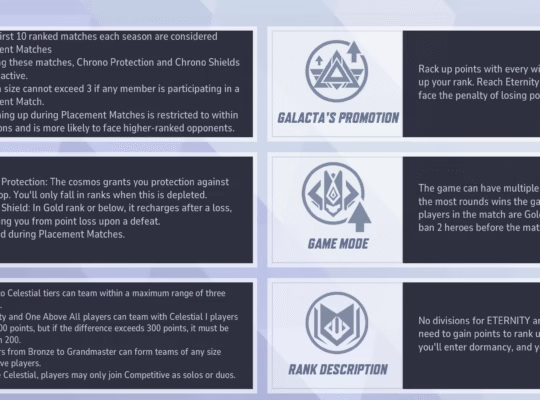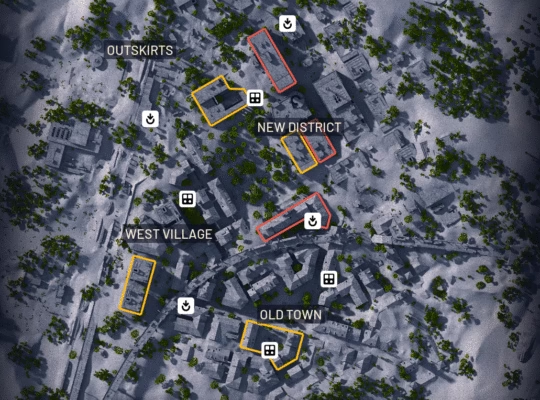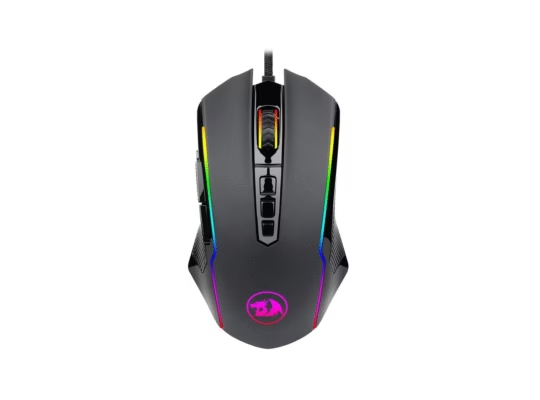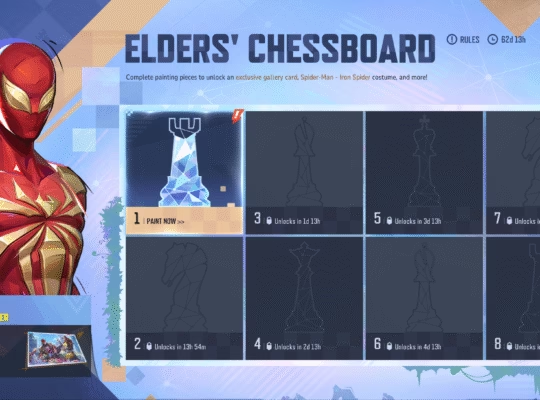Hello and welcome, fellow Rival-fanatics, Elias here and I’m diving deep into the post-game glory of Marvel Rivals. If you’ve spent any time in a match, you’ve seen those coveted titles flash across the screen: MVP, SVP, and Ace. They’re more than just bragging rights, they’re a snapshot of your performance, and a source of fierce debate in the community. I’m here to demystify what these titles mean and, more importantly, how the game calculates them.
First, let’s get the most common misconception out of the way. While some players think an “Ace” is a one-off, six-person ult kill, that’s not what the scoreboard “Ace” is about. The Ace status, which appears over a player’s icon on the in-game scoreboard (accessed by hitting tab), signifies the highest-performing player on each team at that moment. At the end of the match, the player who is currently the Ace on the winning team becomes the Most Valuable Player (MVP) and the Ace on the losing team becomes the Second Valuable Player (SVP).
This system is pretty slick because it recognizes a strong performance even in a crushing defeat. You can be the SVP on a losing team, and the game acknowledges that you were the best player on your side, which feels like a well-deserved pat on the back. It also explains why you might have a phenomenal game but not get MVP, if you lost, you just became the best player on the wrong team.
The Secret Formula: How MVP and SVP Are Calculated

Now, for the million-dollar question: how does the game determine who the “best” player is? Marvel Rivals doesn’t use a simple kill-to-death ratio. Instead, it employs a multifaceted, role-based system that looks at a variety of statistics. The key here is that it’s role-specific. A Vanguard’s stats are weighted differently than a Duelist’s or a Strategist’s.

Here’s a breakdown of the key metrics the system considers:
- Duelists (Damage Dealers): This is the most straightforward one. Duelists are judged primarily on their offensive output. Stats like Damage Dealt, Eliminations, and Final Blows are king. A Duelist who consistently secures kills and applies pressure will be a strong contender for the Ace title.
- Vanguards (Tanks): For our frontline heroes, the name of the game is Damage Blocked. The system rewards Vanguards who are actively mitigating incoming damage, protecting their team, and soaking up fire. A Vanguard with high damage blocked and a solid number of eliminations or assists will likely snag the Ace status.
- Strategists (Supports): This is where it gets interesting, as Strategists have the most diverse path to MVP/SVP. Healing Provided is the most significant metric, but the system also values Assists, and crucial utility plays like crowd control or damage buffs. A good strategist who keeps their team alive through a tough fight is often more valuable than a high-damage Duelist who can’t stay on the objective.
It’s a holistic approach that ensures everyone, regardless of their role, has a shot at the spotlight. My own experience, and what I’ve seen on our RivalsSector community forums, is that a balanced performance across your role’s key stats is what truly matters. You can’t just have high damage as a Duelist, you also need to contribute to the objective, and a Strategist can’t just heal, they need to be setting up plays and dishing out assists.
In-Game Acclaim: What ACE Actually Means
The term “Ace” in Marvel Rivals is a little tricky, because it can refer to two different things.
- The Scoreboard Ace: This is the one we’ve been talking about. The title that appears next to a player’s name on the scoreboard, indicating they are the highest-performing player on their team. This is the status that, at the end of the match, translates into MVP or SVP.
- The “Team-Kill” Ace: This is the pop-up notification that flashes on the screen when one team eliminates every member of the opposing team in quick succession. This is a purely informational, and satisfying, notice, and has no direct bearing on who gets MVP, SVP, or the scoreboard Ace title. It’s just a moment of recognition for a decisive team wipe.
It’s important to differentiate these two uses of the term. You can get a team-kill Ace and not be the scoreboard Ace, and vice versa.
To give you an idea of how the stats might look for a player getting a post-match award, here is a hypothetical scenario for a well-rounded MVP.
| Statistic | My Performance (MVP) | Average Teammate |
| Eliminations | 25 | 12 |
| Final Blows | 14 | 6 |
| Damage Dealt | 28,500 | 15,000 |
| Damage Blocked | 5,000 | 2,000 |
| Healing Provided | 1,200 | 500 |
As you can see, the MVP has a significant lead in their primary role’s stats, but they also have contributions in other areas, like damage blocked and healing. This shows a player who wasn’t just chasing kills, but was a key factor in all aspects of their team’s performance.
The Final Word
Ultimately, Marvel Rivals’ MVP, SVP, and Ace system is designed to reward well-rounded, role-specific performance, not just raw firepower. It encourages players to stick to their character’s strengths and work as a team. So, the next time you’re in a match, remember that your contributions go beyond just eliminations. Whether you’re a Strategist keeping the team in the fight, a Vanguard holding the line, or a Duelist putting out massive damage, every action is a step toward that coveted MVP or SVP status. My advice, focus on your role, communicate with your team, and the titles will come naturally.
Now get out there, grab your favorite hero, and show the world what you’re made of. And don’t forget to visit Rivals Sector for all your competitive Marvel Rivals content and guides again.












